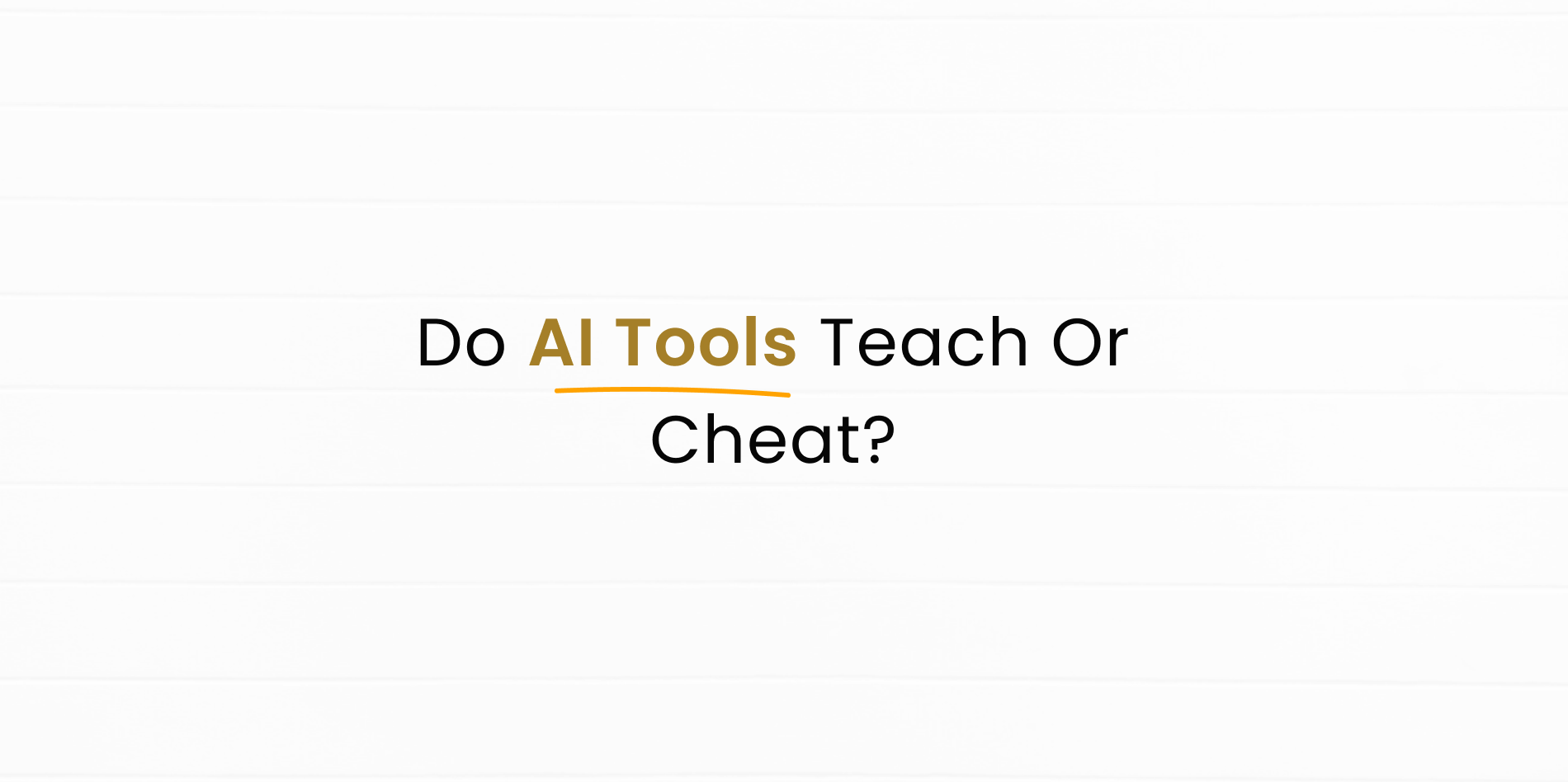The rise of AI writing tools has transformed how students, professionals, and bloggers approach writing. Whether it’s a free AI writing tool that checks grammar or the Grammarly AI writing tool suggesting style changes, these platforms are everywhere. But the debate continues: do these AI tools for writing actually help people learn how to write better, or do they simply act as a writing tool that fixes mistakes without teaching the process? To answer this, we must explore how writing tools influence learning, creativity, and long-term skill development.
The Growth of AI Writing Tools
In the past, writers relied on manual editing, peer review, or professional proofreaders. Today, AI writing tools provide instant corrections, from fixing typos to rewriting entire sentences.
Popular platforms like Grammarly and KreativeSpace’s grammar checker demonstrate how far ai tools for writing have come. With one click, a free AI writing tool can highlight errors in grammar, spelling, punctuation, and even tone.
👉 Outbound link: Grammarly’s AI writing tool shows how advanced error correction has become.
How AI Writing Tools Work
At their core, AI writing tools use natural language processing (NLP) and machine learning. By analyzing billions of text samples, these tools learn grammar rules, sentence flow, and writing styles.
When a user inputs text into a writing tool, the AI scans it against patterns and identifies areas for improvement. Some best AI writing tools even provide suggestions for vocabulary variety, tone adjustment, and readability.
For example:
- Grammarly AI writing tool suggests sentence restructuring for clarity.
- KreativeSpace’s paraphraser rewrites sentences without changing meaning.
- Hemingway Editor highlights complex sentences to encourage simpler phrasing.
Do AI Writing Tools Teach or Just Fix?
The central debate is whether AI writing tools improve writing skills or simply correct errors. Let’s break it down:
1. Fixing Mistakes
Most free AI writing tools focus on error correction. This makes them effective for students who need clean, grammatically correct essays. However, constant reliance without reflection may mean users don’t truly learn why an error occurred.
2. Teaching Through Feedback
Some AI tools for writing explain corrections. For example, Grammarly AI writing tool highlights “subject-verb agreement” issues and shows the correct form. When users review these suggestions, they gain knowledge for future writing.
3. Encouraging Better Style
The best AI writing tools don’t just fix—they improve. They suggest active voice, stronger word choices, and smoother transitions. This encourages writers to refine their craft rather than settle for corrections.
👉 Internal link: To learn rewriting skills beyond corrections, try KreativeSpace’s summarizer for condensing ideas effectively.
Benefits of AI Writing Tools
- Accessibility – A free AI writing tool makes professional-level feedback available to everyone.
- Confidence Boost – Writers feel secure knowing their work is polished.
- Speed – Corrections happen instantly.
- Learning Aid – When paired with user effort, a writing tool becomes an educational guide.
👉 Outbound link: The Purdue OWL shows how students can pair writing tools with formal learning for better results.
Limitations of AI Writing Tools
- Over-Reliance – Writers may depend too much on ai writing tools free versions and not develop independent editing skills.
- Context Limitations – A writing tool may flag something as an error even when it fits stylistic intent.
- Creativity Gap – While they optimize clarity, AI tools rarely enhance originality or storytelling.
👉 Internal link: For originality, users can combine editing with KreativeSpace’s plagiarism checker.
Free vs. Paid AI Writing Tools
- Free AI writing tools: Provide grammar checks, spelling fixes, and limited style suggestions.
- Best AI writing tools (paid): Offer advanced tone detection, plagiarism scans, vocabulary suggestions, and AI-powered rewriting.
For casual users, a free AI writing tool suffices. For academic or professional writers, investing in the best AI writing tools may be worth it.
Do AI Tools Improve Long-Term Learning?
Whether AI writing tools teach depends on the user. Writers who accept corrections blindly may not learn. Those who study the explanations gain lasting writing improvements.
👉 Internal link: For a holistic approach, combine KreativeSpace’s AI humanizer with editing tools to produce authentic, natural text.
The Future of AI Tools for Writing
The next generation of AI writing tools aims to act as personal tutors. Instead of just correcting, they’ll guide writers step-by-step. Imagine a writing tool that explains grammar like a teacher while suggesting stylistic improvements like a coach.
This evolution could make ai tools for writing indispensable not just for fixing mistakes, but for transforming how people learn to write.

Why Choose KreativeSpace for AI Writing Tools?
At KreativeSpace, we provide more than a simple AI writing tool. Our platform integrates multiple features:
- Grammar checker for flawless sentences.
- Paraphraser to rewrite with originality.
- Citation generator for proper academic writing.
- AI detector to ensure authenticity.
This makes KreativeSpace one of the best AI writing tools ecosystems—helping users not just correct mistakes but also improve skills over time.
The Decider
So, do AI writing tools help you learn or just fix mistakes? The answer is both. A free AI writing tool acts as a quick fixer, while the best AI writing tools serve as coaches that build lasting skills. From the Grammarly AI writing tool to innovative platforms like KreativeSpace, these ai tools for writing are shaping the future of communication.
The key is balance: use them as a writing tool to refine your work, but also as a teacher that improves your understanding of language.



